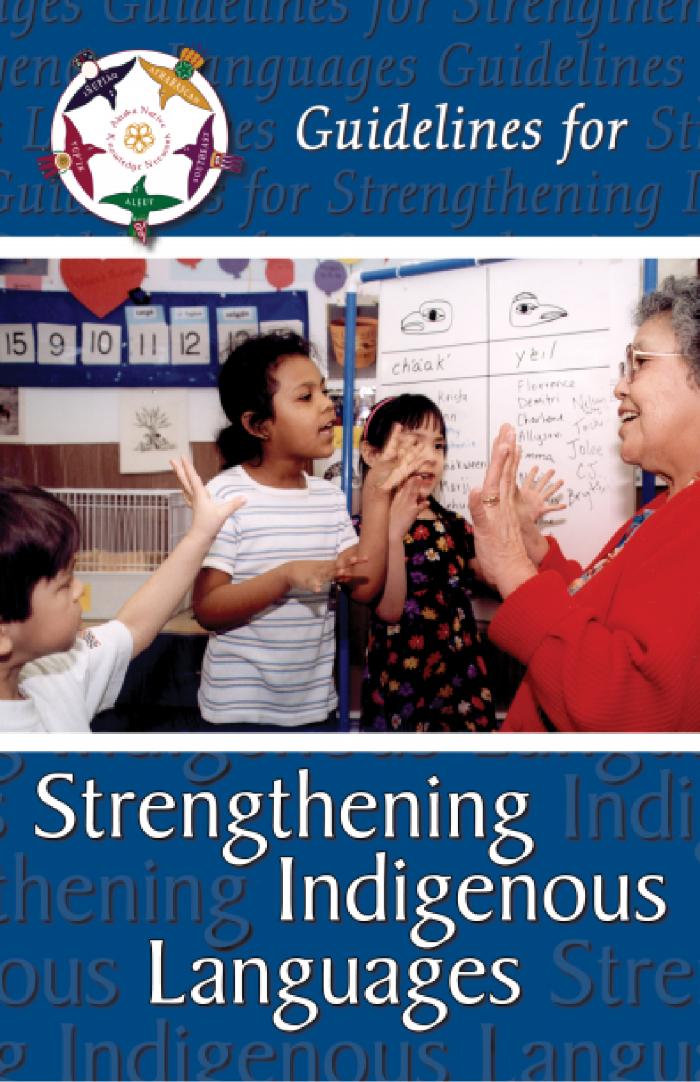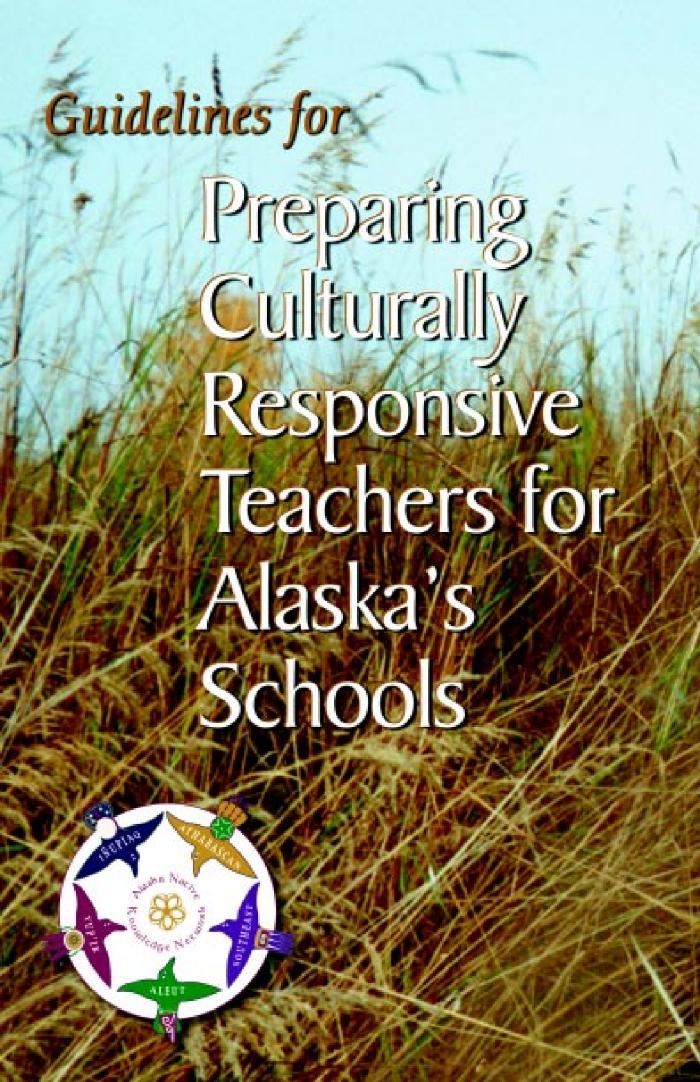Guidelines for Cross-Cultural Orientation Programs
Native educators from throughout the state contributed to the development of these guidelines through a series of workshops and meetings associated with the Alaska Rural Systemic Initiative. Representatives of the Native educator organizations listed on the cover participated in the meetings and ratified the final document. The purpose of these guidelines is to offer assistance to educational personnel and others who are seeking to incorporate the Alaska Standards for Culturally Responsive Schools, along with all the associated guidelines, to promote greater cultural understanding and increase student academic performance. Using these guidelines will expand the knowledge base and range of insights and expertise available to help communities nurture healthy, confident, responsible and well-rounded young adults through a more culturally-responsive educational system.
Throughout this document Elders are accorded a central role as the primary source of cultural knowledge. It should be understood that the identification of "Elders" as culture-bearers is not simply a matter of chronological age, but a function of the respect accorded to individuals in each community who exemplify the values and life-ways of the local culture and who possess the wisdom and willingness to pass their knowledge on to future generations. Respected Elders serve as the philosophers, professors and visionaries of a cultural community, and as such, they are the beacons and calming agents that guide the people who look up to them. In addition, many aspects of cultural knowledge can be learned from other members of a community who have not yet been recognized as Elders, but continue to engage in subsistence (traditional harvest) activities and seek to practice and teach local life-ways.
Along with these guidelines are a set of general recommendations aimed at stipulating the kind of initiatives needed to achieve the goals for which the guidelines are intended. State and federal agencies, universities, professional associations, school districts and Native communities are expected to review their policies, programs and practices and adopt these guidelines and recommendations to strengthen their cultural responsiveness. In so doing, the educational development of students throughout Alaska will be enriched and the future well-being of the communities in which they live will be enhanced. Many of the guidelines included here are not limited in applicability to persons working in schools, but can easily be extended to prepare personnel in other fields of endeavor to better understand the cultural dynamics associated with their work." - From Publisher



